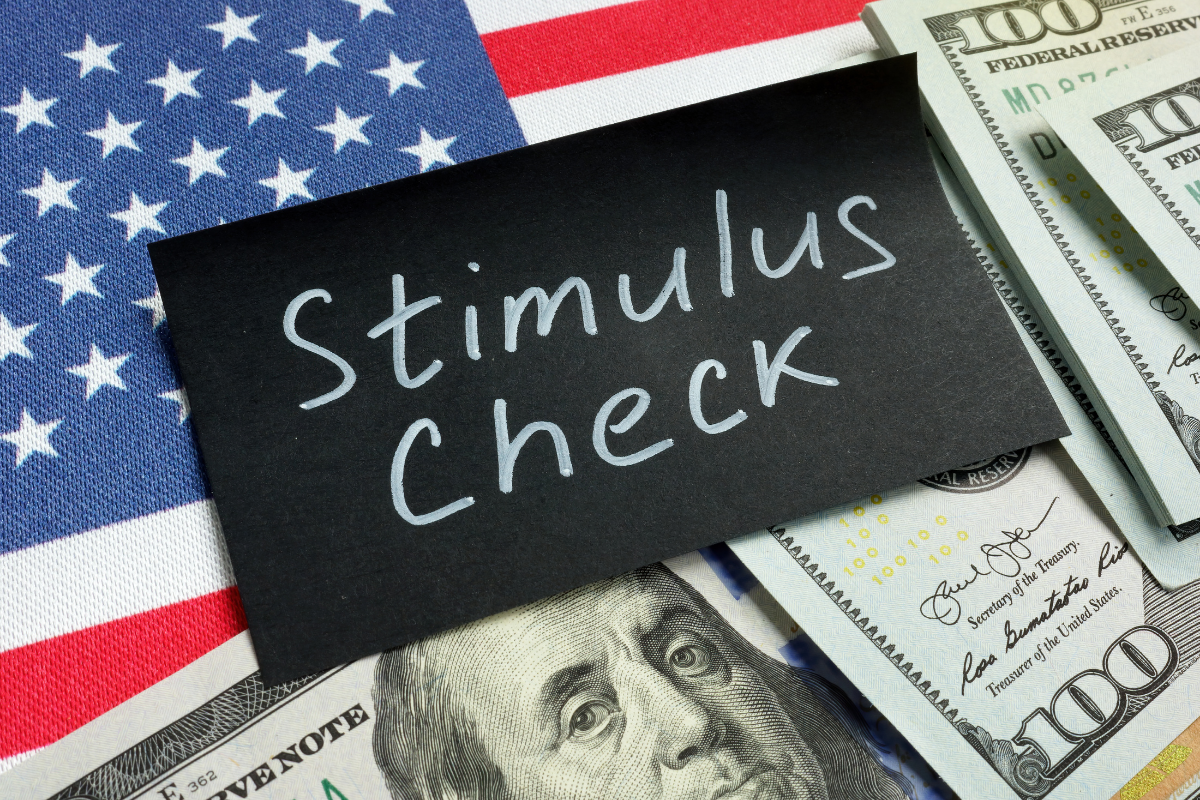

A Message From the IRS:
The third Economic Impact Payment is different from the first and second payments in several ways.
The two earlier payments are advance payments of the 2020 recovery rebate credit. Eligible people who didn’t get a first and second Economic Impact Payment or got less than the full amounts, may be eligible to claim the 2020 recovery rebate credit and must file a 2020 tax return even if they don’t usually file a tax return.
Eligible individuals who filed a joint tax return will receive up to $2,800, and all other eligible individuals will receive up to $1,400. Those with qualifying dependents on their tax return will receive up to $1,400 per qualifying dependent.
Unlike the first two payments, the third payment is not restricted to children under 17. Eligible families will get a payment for all qualifying dependents claimed on their return. This may include older relatives like college students, adults with disabilities, parents and grandparents.
Taxpayers will not receive a third payment if their Adjusted Gross Income exceeds:
This means that some people won’t be eligible for the third payment, even if they received first or second EIPs or are eligible for a 2020 recovery rebate credit.
The amount of the third payment is based on the taxpayer’s latest processed tax return from either 2020 or 2019. If the taxpayer’s 2020 return hasn’t been processed, the IRS used 2019 tax return information to calculate the third payment.
If the third payment is based on the 2019 return, and is less than the full amount, the taxpayer may qualify for a supplemental payment. After their 2020 return is processed, the IRS will automatically re-evaluate their eligibility using their 2020 information. If they’re entitled to a larger payment, the IRS will issue a supplemental payment for the additional amount.
For taxpayers who file jointly and only one individual has a valid SSN, the spouse with a valid SSN will receive up to a $1,400 third payment and up to $1,400 for each qualifying dependent claimed on their 2020 tax return. For taxpayers who don’t have a valid SSN, but have a qualifying dependent who has an SSN, they will only receive up to $1,400 for a qualifying dependent claimed on their return only if they meet all other eligibility and income requirements. If either spouse was an active member of the U.S. Armed Forces at any time during the taxable year, only one spouse needs to have a valid SSN for the couple to receive up to $2,800 for themselves, plus up to $1,400 for each qualifying dependent.
If married taxpayers filing jointly did not receive one or both of the first two Economic Impact Payments because one spouse didn’t have a Social Security number valid for employment, they may be eligible to claim a 2020 recovery rebate credit on their 2020 tax return for the spouse with the SSN valid for employment.
CONGRATULATIONS! You have successfully submitted your information for a new payroll set up! In the…
As of early October, 2020, the IRS has sent over 9 million notices out to…
The Child Tax Credit Update Portal allows families to update direct deposit information or unenroll…
Here are the instructions if you go the route of creating an IRS.gov account prior…
The IRS is sending letters to more than 36 million families who may qualify for…
IRS Tax Tips: A Message for the IRS The IRS mails letters or notices to…